Research Article
Morphological and Physiological Characters of Alternaria alternata Causing Leaf Blight Disease of Onion
Department of Plant Pathology, Tamil Nadu Agricultural University,Coimbatore-641 003, India
E.G. Ebenezar
Agricultural college and Research Institute (TNAU), Killikulam-628 252, Tamil Nadu, India









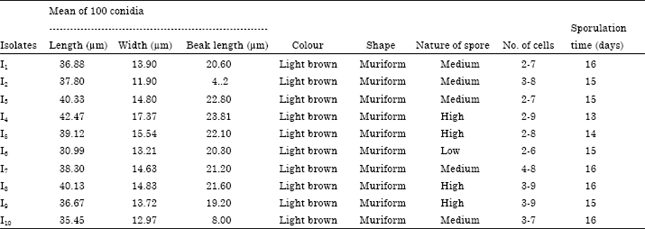
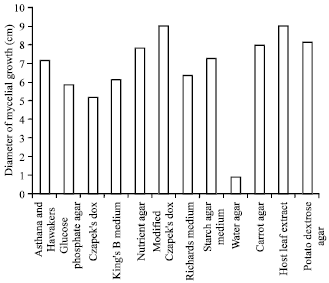
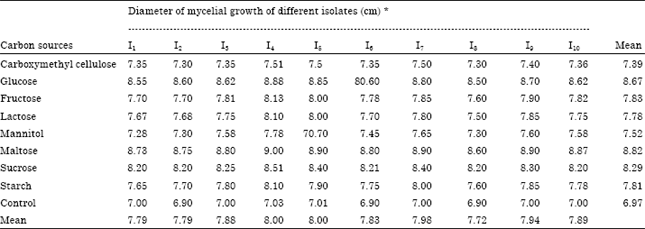
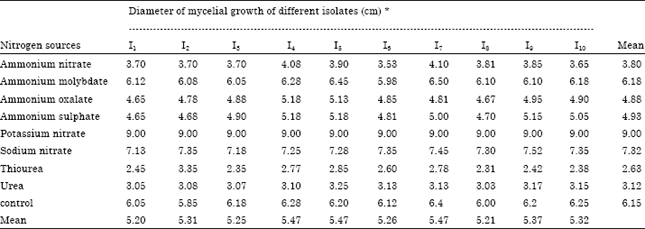
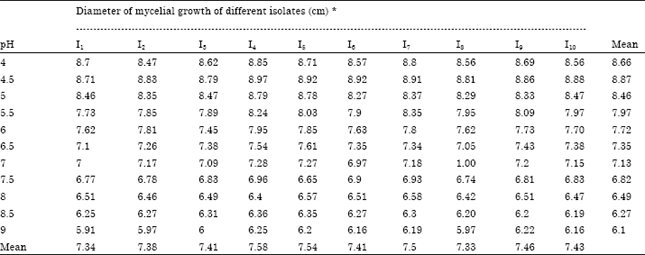

dugasa hinsermu Reply
morphology of onion leaf blight